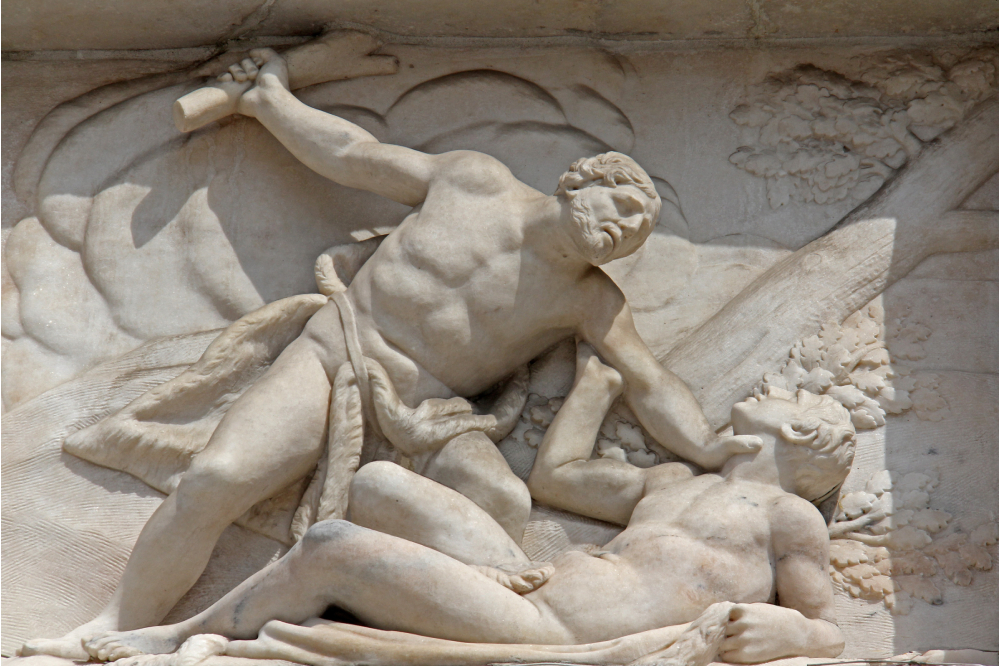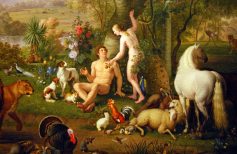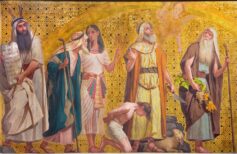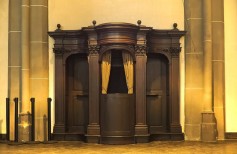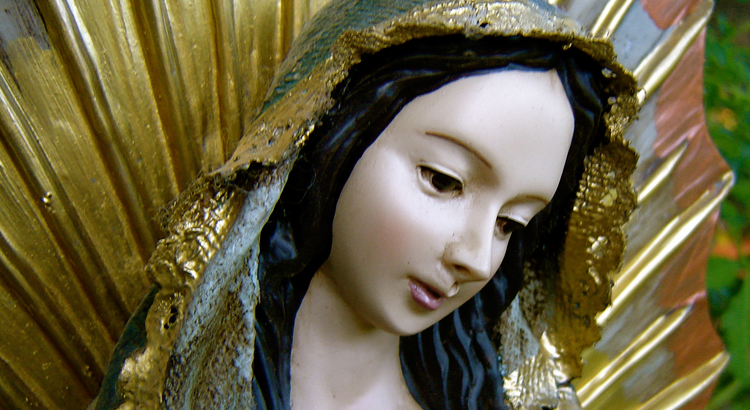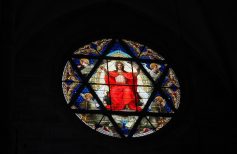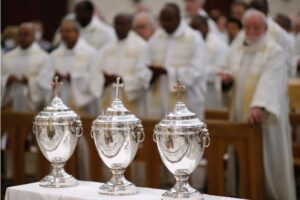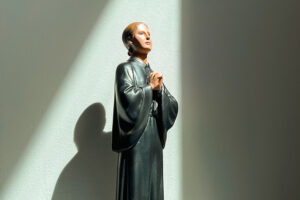Who Were the Children of Adam and Eve, and How Did the Human Race Originate? Here’s How the Bible Narrates the Birth of Humanity
Before delving into this discourse on the children of Adam and Eve and the origin of the human race, it is essential to recall a fundamental concept that is sometimes overlooked. It would be absurd to take everything written in the Sacred Scriptures literally, especially when referring to its oldest books. While it is true that the Bible was inspired by God, it is equally true that men wrote it, reinterpreting the divine message compatibly with the world in which they lived.

The story of Adam and Eve
Who does not know the story of Adam and Eve, the first man and the first woman? But are we really sure that we know it properly? Let’s remember the history of all the stories together.
Therefore, Genesis is neither a history book nor a scientific treatise. It contains the profound truths underlying the Jewish and Christian religions, inspired by God and narrated by men who lived long after the ‘events’ it describes. What we must understand about the origin of the world, the creation of man and woman, the Tree of Life that granted immortality to the first humans and preserved them from all evil, and the Tree of Knowledge, the original sin committed by man by free choice, and all the consequences it brought, breaking the bond between man and God, making the coming of Jesus necessary to recreate it based on a new and more enduring Covenant.

The meaning of the Tree of Life
All religions, since the origins of mankind, are somehow tied to trees.We already explored this subject in a previous article, lingering on some of the 100 trees and plants cited in the Sacred Scriptures, and besides them…
Let’s start with Adam and Eve and their children, Cain and Abel, but also Seth, who would ‘replace’ the deceased Abel to give life to the blessed lineage of men, in contrast to the cursed one generated by Cain, the fratricide.
Adam and Eve’s Family Tree
An interesting aspect of Adam and Eve’s family tree is that it presupposes that, once expelled from the Garden of Eden, they found themselves living in a world already populated by other men and women. The fact that two of their sons, Cain and Abel, were respectively a farmer and a herder allows us to place the lives of these human ancestors in a historical period corresponding to the Neolithic, around 10,000 BC to 3500 BC. This era was characterized by significant innovations in stone tool technology, as well as the introduction of ceramics, agriculture, and animal husbandry, along with profound revolutions in social and family structures.

The Garden of Eden in Genesis
The Garden of Eden represents the first, immense gift that God gave to man and woman. Lost following the original Sin, it remains an emblematic place, a symbol of rediscovered innocence and…
So, there were other men and women besides Adam and Eve, and they had many sons and daughters: “After Seth was born, Adam lived 800 years and had other sons and daughters. So, Adam lived a total of 930 years, and then he died” (Genesis 5:4-5). Thus, the children of Adam and Eve were Cain, Abel, and Seth, along with many others whose names we do not know.
Cain, the farmer, after killing Abel, settled northeast of Eden, married his sister Awan, and with his cursed descendants founded the first cities, living as godless. From the union with Awan, Enoch was born.
God ensured that Adam, at the age of 130, “had a son in his own likeness, in his own image” (Genesis 5:3), Seth, who was born already circumcised. His good and religious descendants would carry forward the grand divine plan that would lead to Noah and the flood. Adam also revealed to Seth the secret knowledge that would later be collected in Kabbalah, the set of esoteric teachings of rabbinic Judaism. According to the Book of Jubilees, a non-canonical text dating back to the 2nd century, Seth married his four-years-younger sister Azura, and they had a son named Enosh.
Cain and Abel
If we examine the biblical account, it emerges that sacrifices to God were prevalent among men: Abel’s animal sacrifices, offered as burnt offerings, were pleasing to God, while Cain’s offerings of the fruits of his cultivated land were not.
To understand this preference, we must refer to Jewish culture and religion. Leviticus asserts that only blood can atone for sins because blood is life (cf. Leviticus 17:11), and without the shedding of blood, there is no forgiveness (Hebrews 9:22). Therefore, animal sacrifices were the most pleasing to God, the only ones capable of ensuring redemption and reconciliation.
Some scholars interpret the murder of Abel by his brother symbolically, representing the contrast between the lives of nomadic men and those of the first settlers dedicated to farming the land.
A final consideration on Cain. Genesis continues to narrate about him and his descendants:
“Now Cain said to his wife, ‘I will build a city, and I will name it after my son Enoch.’ To Enoch was born Irad, and Irad was the father of Mehujael, and Mehujael was the father of Methushael, and Methushael was the father of Lamech. Lamech married two women, one named Adah and the other Zillah. Adah gave birth to Jabal; he was the father of those who live in tents and raise livestock. His brother’s name was Jubal; he was the father of all who play stringed instruments and pipes. Zillah also had a son, Tubal-Cain, father of who forged all kinds of tools out of bronze and iron. Tubal-Cain’s sister was Naamah” (Genesis 4:17-24).
Although it might seem positive that Cain is attributed the origin of these artists and workers, his choice to build cities is viewed negatively. He is considered the founder of a civilization, consisting of herders, musicians, blacksmiths, and perhaps even those of “pleasure” (Naamah, the beautiful or beloved), engaged in personal gain, violence, and confusion, as we will see with the construction of the Tower of Babel.

